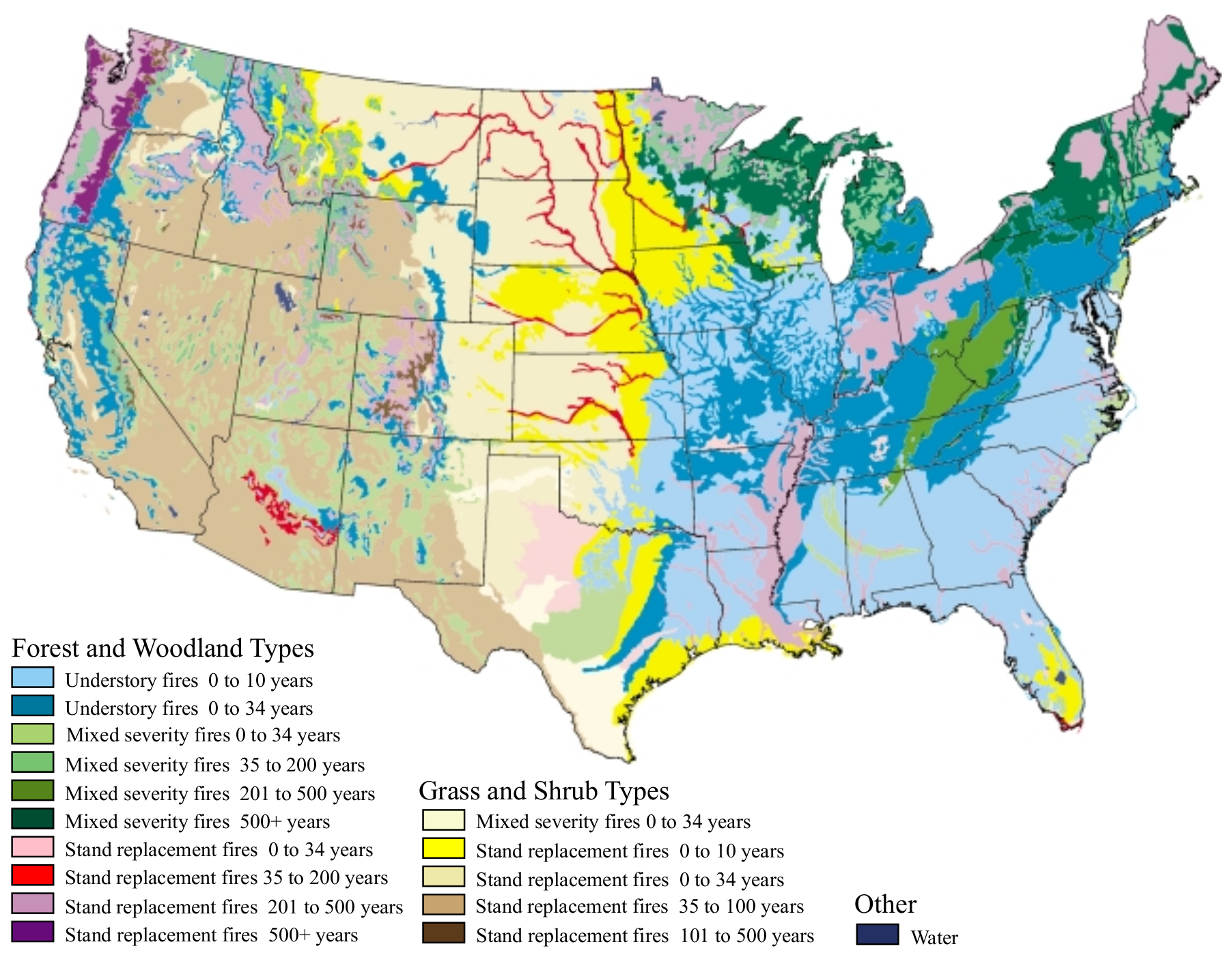News regarding large wildfires typically covers the location of the fire, the size of the fire, and the fire’s impact on people and property. With the possibility of hundreds of homes destroyed, thousands of people displaced, and millions in damaged property, it’s no wonder much of the media’s attention of large wildfire events is focused on what happens DURING a fire. But what happens after a wildfire is out? Or specifically, what happens to plants and vegetation after a wildfire burn? Does the ground remained scorched, forever void of life like some scene out of Mad Max?
The truth is wildfire has helped to shape California’s vegetative landscape for thousands of years. It affects the kinds of plants growing in a particular area, their abundance, size, health, and lifespan. The fire kills some plants, rejuvenates others, and some plants may even need fire in order to thrive.
Some areas in Southern California have plants with leaves naturally coated in flammable oils that encourage a fire to spread. The heat from the fire causes their fire-activated seeds to germinate and the young plants can then take advantage of the fact that the other surrounding plant life was destroyed in the fire. The cones of the Lodgepole Pine are sealed with a resin that is melted away by fire, which then causes the seeds to be released. Other plants have smoke-activated seeds which function in a similar manner. Some trees, like the giant sequoia tree, rely on wildfires to make gaps in the vegetation canopy so that sunlight can reach the forest floor allowing their seedlings to grow.
This map (courtesy of the Department of Agriculture, Forest Service) shows the effects of wildfires on plant life in various regions of the US. The color coding shows the different ecosystem types and the frequency of fire (and types of fire) that allow those plants to thrive.
Some key definitions (courtesy of the Department of Agriculture):
Understory Fire
A fire in forests or woodlands that is not lethal to the dominant, overstory vegetation and thus does not change stand structure substantially. Most (75%) of the dominant vegetation survives.
Mixed Severity Fire
A fire that causes partial (26-75%) replacement of the upper canopy layer.
Stand Replacement Fire
A fire that kills all or most of the living upper canopy layer and initiates succession or regrowth.

![]()



